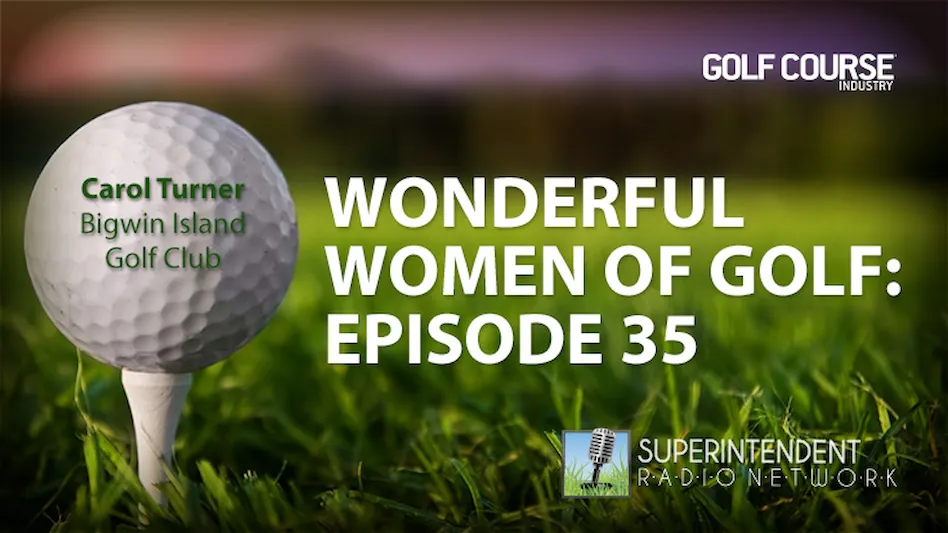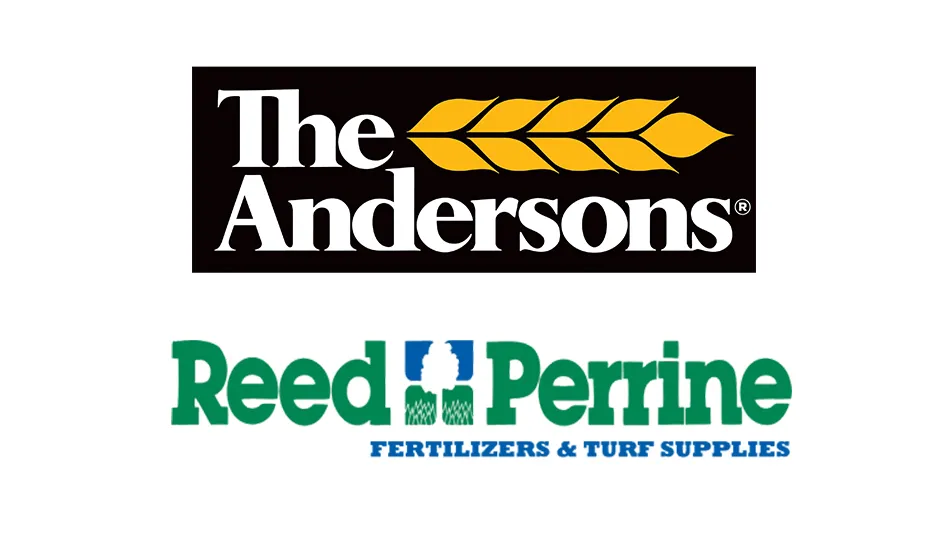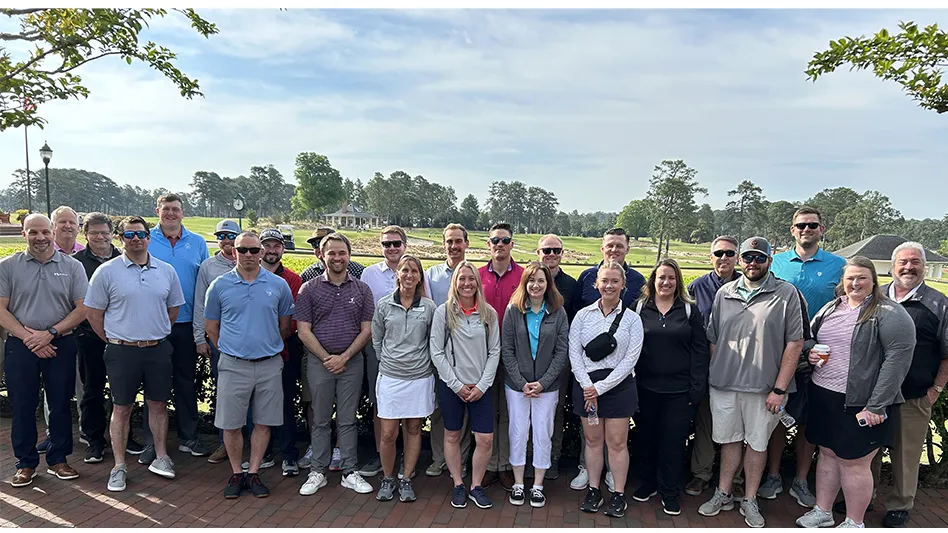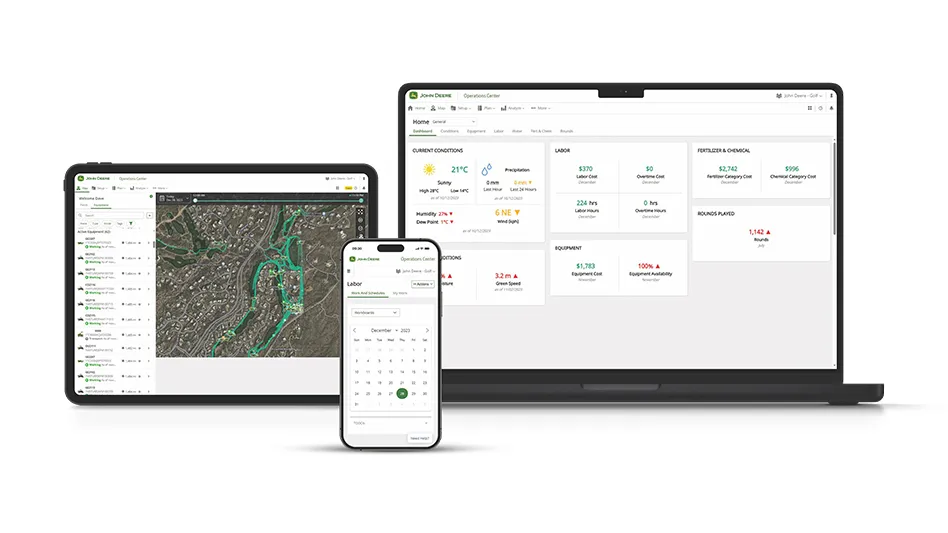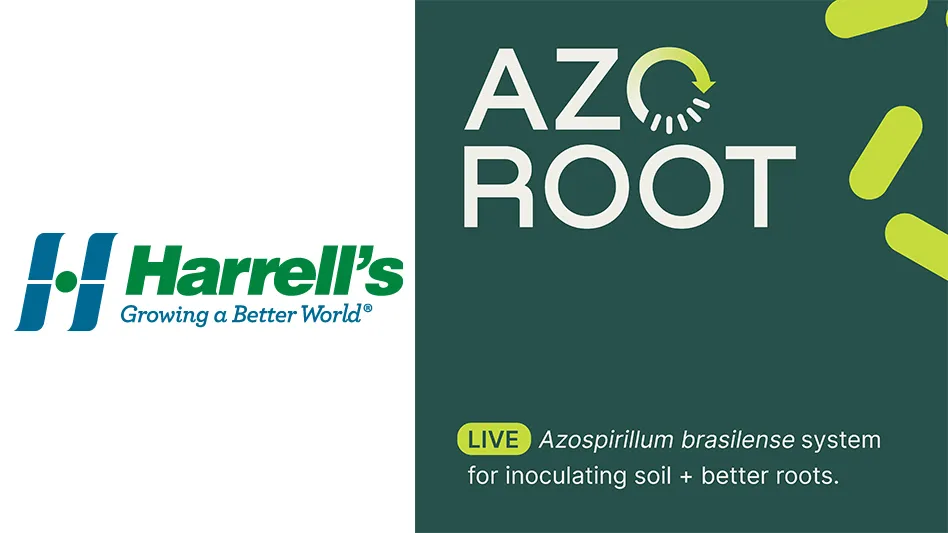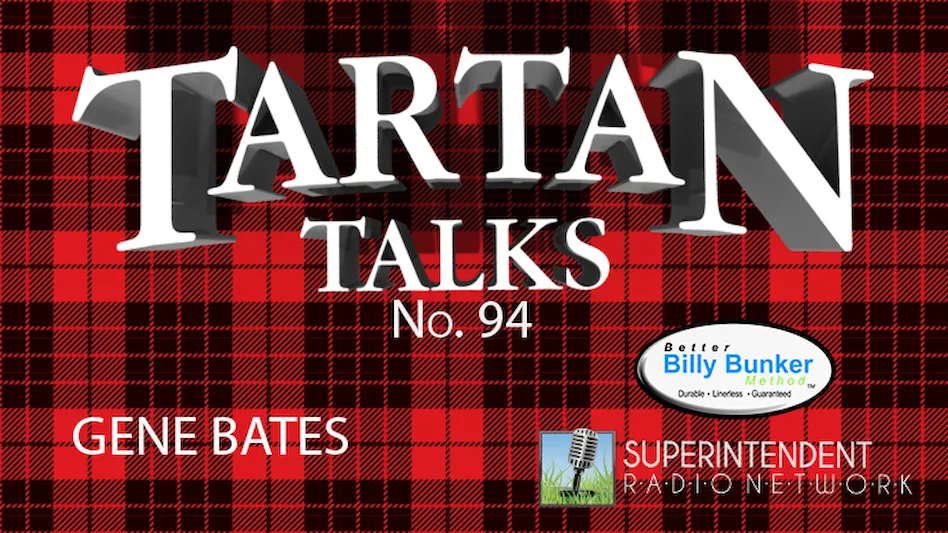When asked for specific tips on “selling” tree removal programs, I usually agree selling is really what is necessary. As an architect, I long ago (and reluctantly) concluded that “architectural merit” doesn’t convince them as well as more tangible and direct benefits to them. These may include agronomic reasons, couched in terms of a better playing experience over ease of maintenance by the superintendent. Score enhancement, aesthetic or playability reasons can also sell in smaller doses. Here are some compelling reasons for any specific tree removals:
- They allow for more sunlight and air circulation, and less root competition, resulting in better grass coverage. If there is one thing golfers value more than trees, it’s good turf. I use sun angle charts (found on the Internet) to show shade conditions in usually critical low spring, fall and (in the south) winter sun. But, the sales pitch is reducing early morning frost delays and lost tee times in spring and fall, when urgently trying to get in their last rounds of the year.
- And, safety, highlighted by the famous Sergio Garcia “root shot” at Medinah in the 1999 PGA.
For those concerned with environmental issues, tree removal might improve:
- Overall tree health on the entire course. Sometimes, beloved older, larger trees are not as healthy as they appear.
- Assist creating a more sustainable environment.
- Reduce the water bill, because trees consume more soil moisture than turf... and, close to the fairways, tees and greens may interrupt the irrigation pattern
For those concerned about maintenance cost, tree removals are likely to increase:
- Cleanup costs associated with “trash trees” like willows, and Cottonwoods, cost many hours of maintenance work, and some golfer delays and lost balls.
- Add to re-seeding, sod and hand watering costs.
For those concerned with course history, examine earlier tree planting closely:
- Were trees planted as memorials over better golf?
- Did locations relate to architecture?
- Were species selected due to cost rather than suitability?
- Were any experts consulted?
- Were the tree planting committees in any way qualified?
- Did values of the day, i.e. the “Tough is Better” mentality of golf course ratings systems of the 1960-1990s influence placement, and are those still valid?
- When a rough area was full, did they stop planting, or just start encroaching on formerly wide fairways?
If your course is typical, many trees were selected for low cost or quick growth, then located without much detailed and long-term thought as to eventual size.
Of course, the ultimate direct benefit is how trees affect individual games in general or on specific holes. While many object to the idea of tree removal, everyone probably has a few select holes where tree removal would help them. You can ask:
- If recovery shots through scattered trees are more exciting than a forced sideways chip out from underneath the low branches?
- Do encroaching trees require you to play a forced fade/hook not in your bag?
- Do your wild tee shots need to negotiate a narrow chute of trees on every hole?
- Do you lay up on too many doglegs made too short by trees?
- Wouldn’t it be fun on some holes to really “rip it” without fear of landing in trees?
For those concerned with making the course too easy:
- Find wider courses that are more difficult and have higher ratings.
- Use Augusta National as an example. Masters scores didn’t go drastically up after they planted trees and narrowed fairways, suggesting that widening fairways and removing trees probably won’t reduce scores.
- Besides Oakmont, Merion is a parkland course getting back in the U.S. Open rotation.
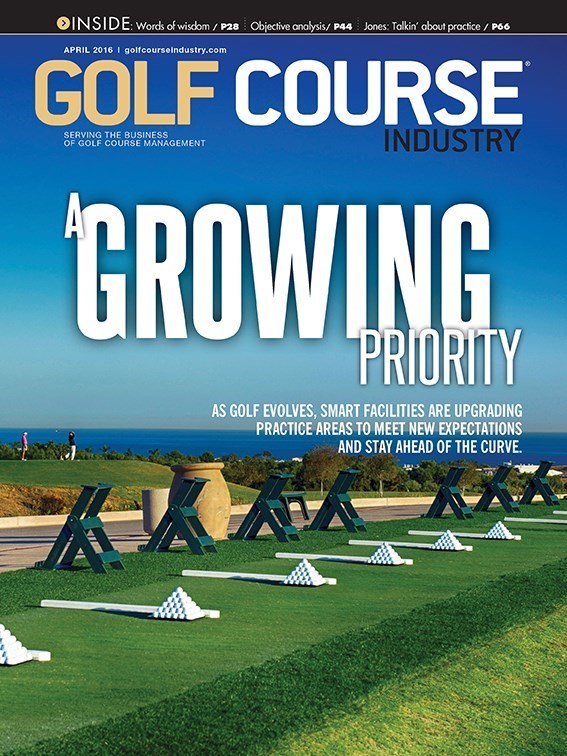
Explore the April 2016 Issue
Check out more from this issue and find you next story to read.
Latest from Golf Course Industry
- The Highlands pays more homage to Ross
- Audubon International adds veteran superintendent to leadership team
- South Florida simmer
- Devising safer landings
- SiteOne adds Durentis to product offerings
- Resilia available for purchase in Hawaii
- What can $1 million do for expanding the industry workforce?
- Captivating short course debuts on Captiva Island
